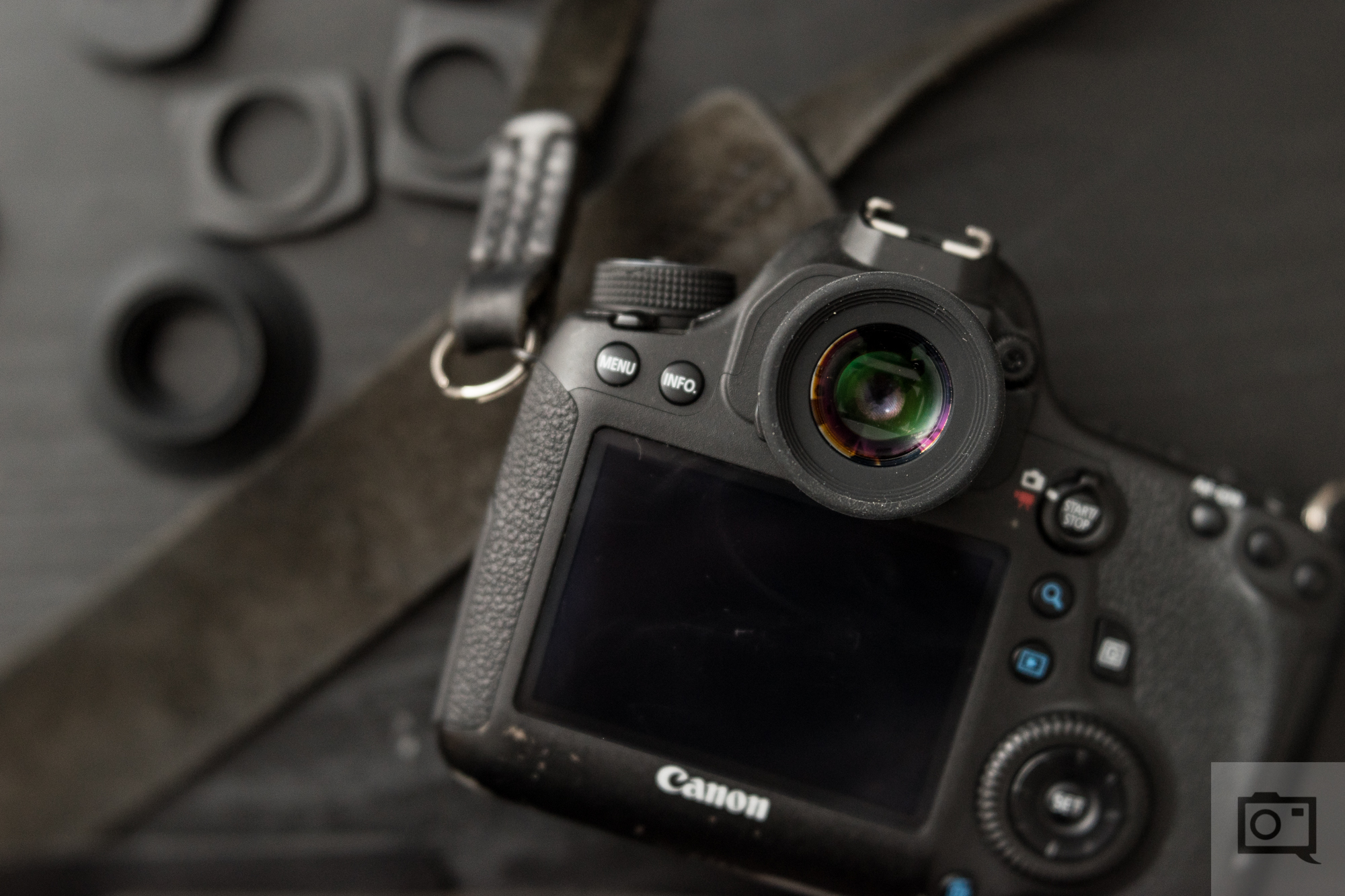fcotterill
Well-known member
Basically, pending EU trade law will restrict sales of electronic devices, reliant on an internal battery, to only those that can be charged internally via USB-C (ie Power Delivery). Basically, this means cameras can only be sold if they can charged with a plug in USB-C PD cable. Several current models of ILCs do not meet this common charging standard, notably many DSLRs.
"On December 24th, 2024, you won't be able to sell most electronic devices in the EU with a removable or embedded rechargeable battery that isn't compliant with the USB-C Power Delivery directives. This includes mobile phones, tablets, e-readers, digital cameras, game consoles, headphones, earbuds, portable speakers, wireless mice, wireless keyboards, and portable navigation devices. (Laptops will be covered by the new rules at a later date.)...."
 dslrbodies.com
dslrbodies.com
"On December 24th, 2024, you won't be able to sell most electronic devices in the EU with a removable or embedded rechargeable battery that isn't compliant with the USB-C Power Delivery directives. This includes mobile phones, tablets, e-readers, digital cameras, game consoles, headphones, earbuds, portable speakers, wireless mice, wireless keyboards, and portable navigation devices. (Laptops will be covered by the new rules at a later date.)...."
Remember This Date: December 28, 2024 | DSLRBodies | Thom Hogan
Do DSLRs have an expiration date?




